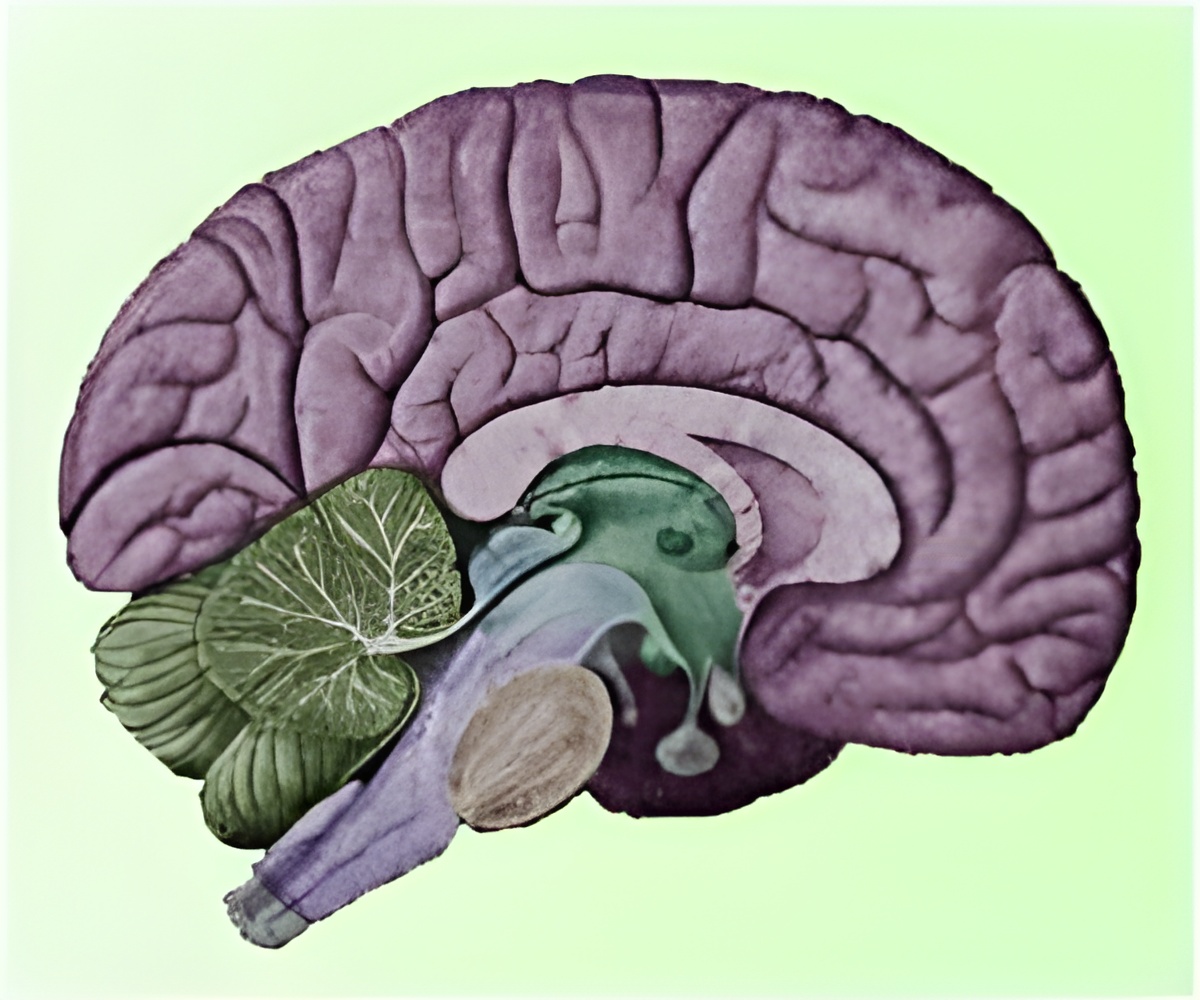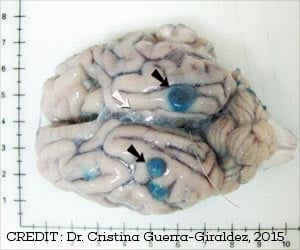A link between real-life creativity, semantic memory structure, and brain functional connectivity has been established and knowledge of the world is embedded in it.

‘A link between real-life creativity, semantic memory structure, and brain functional connectivity has been established for the first time.’





According to the subconscious theory of creativity, creative thinking depends, at least, on the structure of associations in semantic memory, that is, on how the elements of our knowledge are interconnected. “Hence, the organization of connections in semantic memory may determine our ability to link distant concepts in novel ways and may vary across individuals. Yet, the brain mechanisms underlying the link between semantic memory organization and creativity remained to be explored,” explains Marcela Ovando-Tellez, lead author of the study.
These results indicate that real-life creativity relies on individual differences in semantic memory organization that can be predicted from brain functional connectivity.
This research was done by a group of Emmanuelle Volle at Paris Brain Institute, and their collaborators, Mathias Benedek (University of Graz, Austria) and Yoed Kenett (Technion — Israel Institute of Technology, Israel). The authors used a semantic relatedness judgment task, asking participants to rate the semantic relationships between multiple pairs of words during the fMRI acquisition.
Based on these ratings, they built individual maps of pairwise semantic associations called semantic networks. The organization of semantic networks is explored using network-based tools and related to creativity.
Advertisement
Their results show that the structure of semantic memory networks predicts personal real-life creativity. Participants with more creative activities and achievements had semantic memory networks, which means they are less fragmented and more efficient.
Advertisement
“The originality of our study is to link three levels of investigation, behavior in real-life, cognitive processes and the brain, by combining recently developed computational approaches to predict complex cognitive functions from brain connectivity and to explore individual semantic networks,” adds Emmanuelle Volle, last author of this study.
Altogether, these results provide an in-depth analysis of some of the individual neurocognitive mechanisms underlying real-life creative behavior.
Source-Medindia











